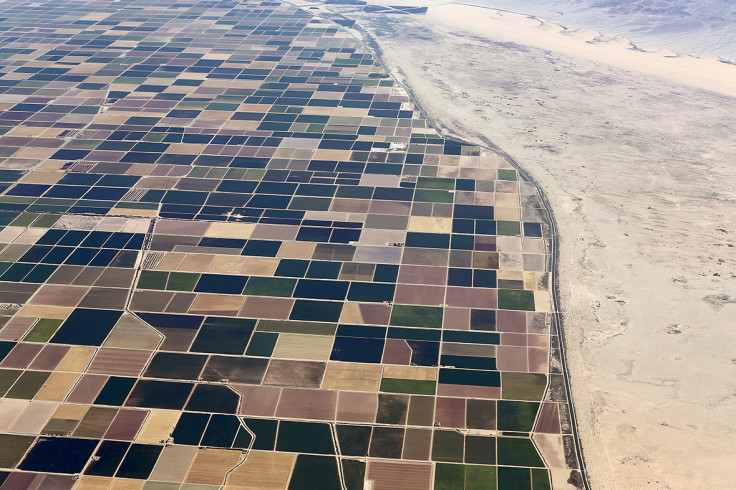Third of world's groundwater basins being drained - and we don't know when they will run out

The world's largest groundwater basins are running out of water because of human consumption, Nasa has warned.
About a third of the planet's biggest basins are being rapidly drained – and we do not know when they will run out.
Two studies, published in Water Resources Research, used data from the space agency's Gravity Recovery and Climate Experiment (Grace) satellites. They are the first to look at groundwater losses with data from space – the Grace satellites measure dips and bumps in Earth's gravity, which is affected by the mass of water.
Findings of one of the studies showed that 13 of the planet's 37 biggest aquifers are being drained with no sign of being replenished.
Eight of the aquifers were categorised as being "overstressed" in that there was no natural replenishment. Five more were "extremely" or "highly" stressed, meaning there was some water flowing back into them.
The most overstressed aquifer was the Arabian Aquifer System, with the Indus Basin aquifer of north-western India and Pakistan being second. California's Central Valley was labelled "highly stressed".
Jay Famiglietti, from the University of California, Irvine, said: "Given how quickly we are consuming the world's groundwater reserves, we need a coordinated global effort to determine how much is left."

The most stressed aquifers were in Earth's driest areas, where people draw on underground water – a problem expected to be intensified further are a result of climate change and population growth.
Researchers said the total remaining volume of the world's usable groundwater is not known, with estimates that vary widely. The total volume is probably far less than estimates made decades ago, they note though.
Alexandra Richey, lead author on both studies, said: "We don't actually know how much is stored in each of these aquifers. Estimates of remaining storage might vary from decades to millennia. In a water-scarce society, we can no longer tolerate this level of uncertainty, especially since groundwater is disappearing so rapidly.
"What happens when a highly stressed aquifer is located in a region with socioeconomic or political tensions that can't supplement declining water supplies fast enough? We're trying to raise red flags now to pinpoint where active management today could protect future lives and livelihoods."
"As we're seeing in California right now, we rely much more heavily on groundwater during drought," Famiglietti said. "When examining the sustainability of a region's water resources, we absolutely must account for that dependence."
© Copyright IBTimes 2025. All rights reserved.






















